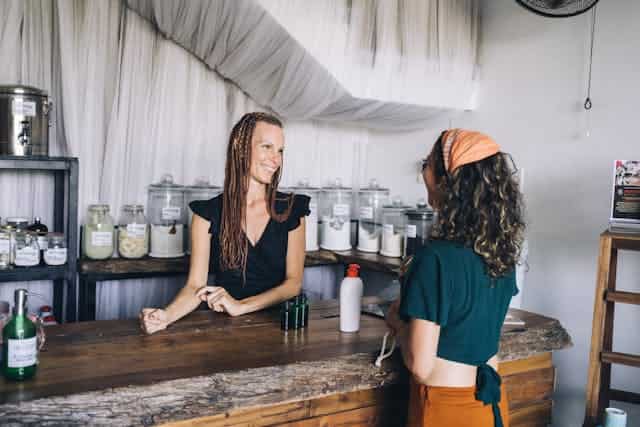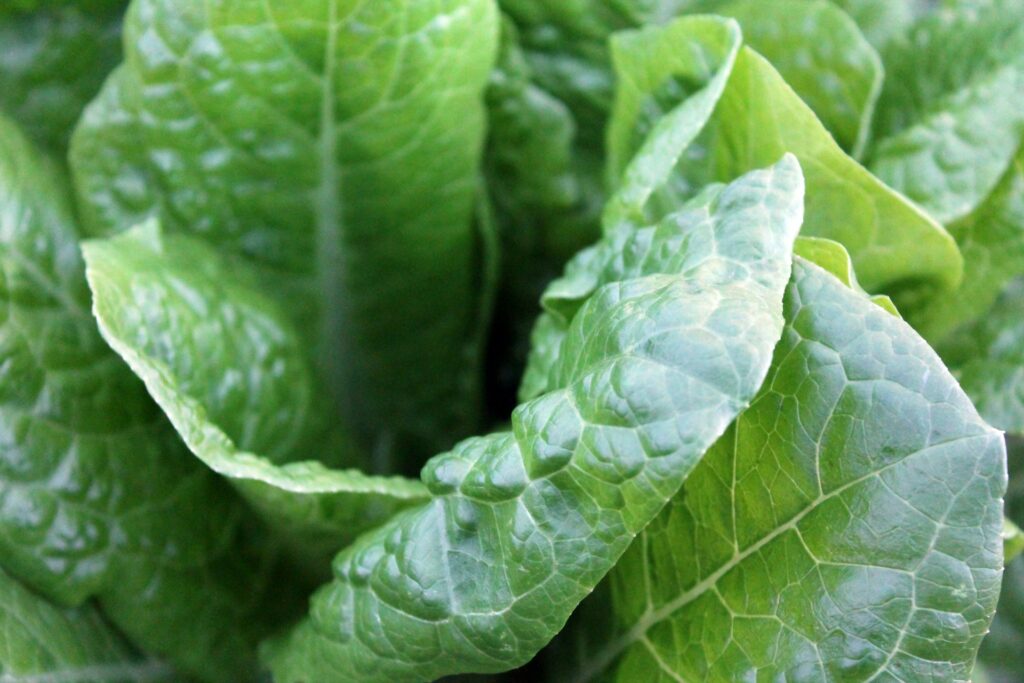Are you trying to look for ways to make your residence greener and healthier? Fashioning an eco-friendly home is not just about lessening the amount of waste around – it is about making decisions that benefit both your health and the planet. Making use of organic products is one of the best approaches to guarantee that your home is free from toxic chemicals, safe, and sustainable.
In this article, we look at how you can change your household into an eco-friendly haven using organic products. Starting from your kitchen to the bathroom, we will discuss practical ideas to help you stay more sustainably.
We’ll show you different approaches to making your residence more eco-ecofriendly with the use of organic products, making simple swaps at a time.
Benefits of Using Organic Products at Home
Health Benefits
Making the switch to organic products limits exposure to harmful chemicals present in conventional household products. A number of cleaning supplies, furniture, and personal care products among others contain synthetic compounds that can alter indoor air quality and bring about skin irritation and allergies.
On the other hand, organic products are formulated with natural, non-toxic substances, guaranteeing a safer home setting.
Environmental Benefits
Generally, organic products are made using sustainable processes that help conserve water, limit pollution, and support biodiversity.
When you opt for organic products, you are reducing your carbon footprint and promoting ethical farming and production methods.
Economic Benefits
Even though some organic items might seem pricey up front, they frequently offer higher quality and last longer.
Spending on durable, sustainable alternatives implies fewer replacements and reduced overall expenditure in the long run.
Besides, making DIY organic products at home can help you save more money.
Eco-Friendly Organic Products for Every Room
Kitchen
Organic Cleaning Supplies
Replace chemical-laden cleaning products with natural ones such as castile soap, vinegar, and baking soda. These natural products effectively eliminate odors, kill bacteria, and clean surfaces – without causing any harm to your health and the environment.
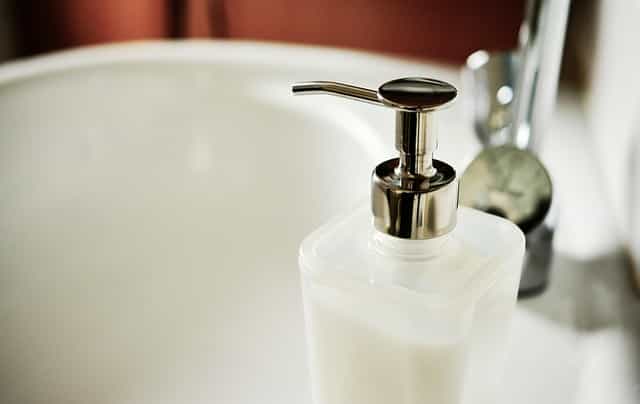
Fig. 1: Organic cleaning product (Pexels)
Organic Food Choices
Fill your cupboard with organic fruits, grains, and veggies. Organic foods are produced without the use of synthetic fertilizers or pesticides, making them a healthier alternative for your household.
Additionally, supporting organic farming helps limit water and soil contamination.
Sustainable Cookware and Utensils
Bid farewell to non-stick and plastic cookware that releases poisonous fumes. Rather, go for cast iron, stainless steel, and bamboo items. These utensils are biodegradable, long-lasting, and free from toxic coatings.
Bathroom
Organic Personal Care Products
A lot of conventional toothpaste, soaps, and shampoos have sulfates, parabens, and artificial fragrances.
Make the switch to plant-based, organic substitutes. To cut waste even further, look for companies that use recyclable packaging.
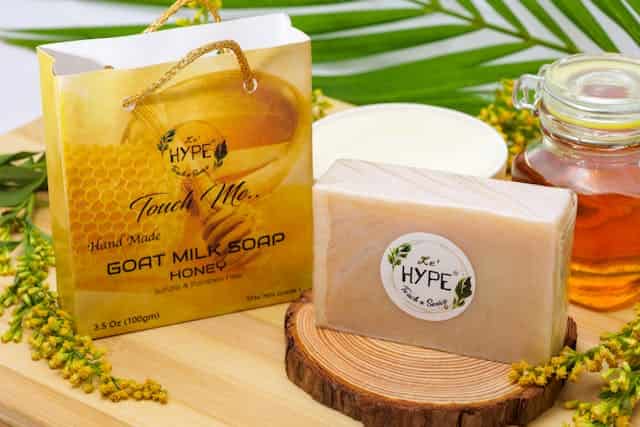
Fig. 2: Organic personal care products (Pixabay)
Eco-Friendly Toilet Paper and Towels
Make the switch to bamboo or recycled material towels and toilet paper. Compared to conventional paper goods, bamboo is a resource that grows quickly, is renewable and uses less water to create.
Non-Toxic Cleaning Solutions
Make your own natural bathroom cleaner by combining baking soda, white vinegar, and aromatic oils. It works well to clean surfaces and get rid of soap scum without using harsh chemicals like store-bought cleansers do.
Bedroom
Organic Bedding and Mattresses
Most conventional bedding and mattresses are made of chemical flame retardants and synthetic fibers. Organic cotton, linen, and natural latex bedding are considered better options because they are free from harmful substances and offer better breathability.
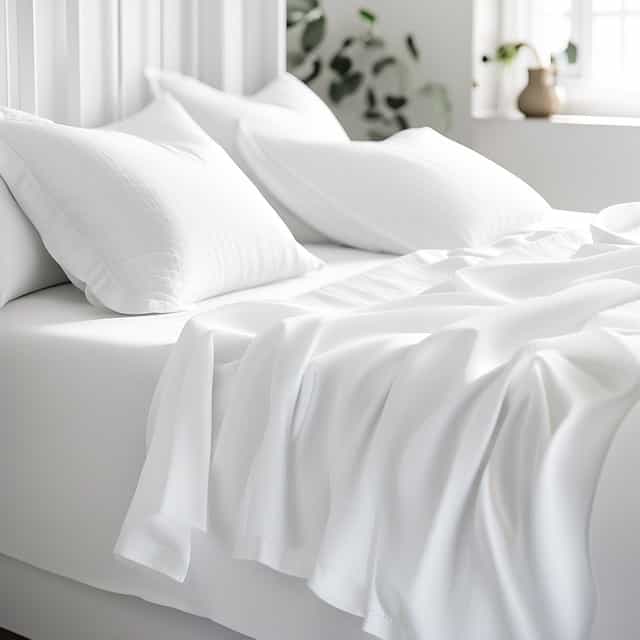
Fig. 3: Organic bedding and mattresses (Pixabay)
Sustainable Furniture Choices
Rather than purchasing new furniture created from particleboard (containing formaldehyde), think about reclaimed bamboo, wood, or second-hand pieces. These kinds of stuff are not just eco-friendly but also offer a distinctive appeal to your household.
Air-Purifying Plants for a Healthier Sleep
Plants such as peace lilies, snake plants, and aloe vera help enhance indoor air quality by sieving out pollutants.
Again, they add a dash of greenery to your bedroom, establishing a relaxing environment.
Living Room
Eco-Friendly Furniture and Decor
Pick furniture constructed from repurposed or recycled materials. Keep away quick furniture, which adds to landfill waste and deforestation, and instead look for companies that value sustainable methods.
Non-Toxic Paints and Finishes
Most conventional paints are made of volatile organic compounds (VOCs) which can release toxic fumes. Zero-VOC or Low-VOC paints are a safer option, guaranteeing improved indoor air quality.
Energy-Efficient Lighting
Compared to conventional incandescent bulbs, LED bulbs and solar-powered lamps use less energy and last longer. This easy change can have a big impact on the environment and your energy cost.
Laundry Room
Organic Laundry Detergents
A number of commercial detergents are made of artificial fragrances and phosphates that pollute waters. Choose biodegradable, plant-based detergents that are gentle on fabrics and the environment.
Sustainable Washing Practices
When washing clothes, use cold water to conserve energy. Air-drying clothes rather than using a dryer not just saves energy but also increase the lifespan of your clothes.
Reducing Waste with Organic and Sustainable Products
Composting Kitchen Waste
Rather than throwing food scraps into the garbage, begin composting. Composting limits landfill waste and establishes nutrient-rich soil for your land.
Even if you do not own a backyard or garden, countertop compost containers are an important indoor alternative.
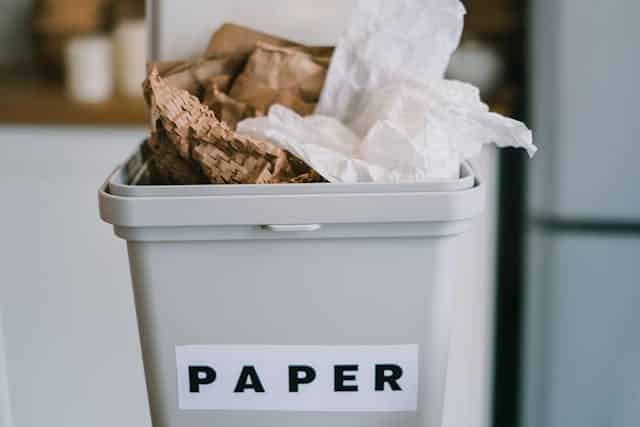
Fig. 4: Kitchen waste (Pexels)
Choosing Reusable Over Disposable Items
Invest in reusable substitutes such as stainless-steel straws, cloth napkins, and glass food storage containers. Waste from single-use plastics can be greatly reduced by making these easy changes.
Upcycling and Repurposing Household Items
Before tossing things away, consider how you can repurpose them to add more value. For instance, old jars can be utilized for storage, wooden pallets can be repurposed into fashionable furniture, and worn-out garments can be used as cleaning rags.
Energy Efficiency and Sustainability in an Eco-Friendly Home
Solar Energy and Renewable Power
Putting up solar panels may appear like a big investment; however, they repay in the long run by lowering your electricity bills and overdependence on fossil fuels.
This is an important investment since even smaller solar-powered appliances such as outdoor lights can make a significant difference.
Water Conservation Tips
Cut back on your water waste by setting up low-flow faucets, dual-flush toilets, as well as rainwater harvesting apparatus. Simple habits such as turning off your tap while brushing can also make a considerable impact.
Smart Home Devices for Sustainability
Automated lighting systems, energy-efficient appliances, and smart thermostats help optimize energy consumption, reducing utility costs and waste.
Where to Find the Best Organic and Eco-Friendly Products
Local Farmers’ Markets and Eco-Stores
You can support local businesses and farmers that sell organic food as well as other sustainable household products. Buying locally lowers the carbon footprint linked to transportation.
Online Eco-Friendly Shopping Platforms
Websites such as Organic Solace, Thrive Market, Package Free, and EarthHero provide a wide variety of organic and sustainable products for every aspect of your household.
DIY Organic Alternatives for Home Use
From DIY skincare products to homemade cleaning sprays, there are limitless ways to come up with organic options at home. These alternatives not only save money, but they also do away with unnecessary packaging waste.
Choosing an eco-friendly home does not imply you have to spend much on shop-bought organic items. Actually, some of the best organic options can be prepared straight in your kitchen with the use of simple, natural ingredients.
Below are some easy, effective ways to make your own organic home products.
All-Purpose Cleaner
This natural cleaner performs wonders on bathroom sinks, kitchen counters, and even glass surfaces.
Ingredients:
- 1 cup distilled white vinegar
- 1 cup water
- Juice of half a lemon (used for a fresh scent and antibacterial properties)
- 10 drops of tea tree or lavender essential oil
Instructions:
- Mix all the ingredients in a spray bottle.
- Shake it well before each use.
- Spray onto any surface and wipe with a clean cloth.
Citrus and Herb Room Spray
Ingredients:
- 1 cup distilled water
- 2 tablespoons vodka (helps disperse the essential oils)
- 10 drops of lemon essential oil
- 10 drops rosemary essential oil
Instructions:
- Mix all ingredients in a spray bottle.
- Shake well before use.
- Spray around the house for a refreshing scent.
DIY Natural Laundry Detergent
Ingredients:
- 1 bar of castile soap (grated)
- 1 cup washing soda
- 1 cup baking soda
- 20 drops of lavender or lemon essential oil
Instructions:
- Mix all the ingredients.
- Store in an airtight container.
- Use 1–2 tablespoons per load of laundry.
Conclusion
Making your residence eco-friendly with organic and natural ingredients is simpler and easier than you imagine. Small changes such as changing to organic cleaning products, switching to energy-efficient appliances, and reducing plastic waste can have a major effect on your health and the environment.
Begin with simple switches and progressively include more sustainable products in your daily activities. Your health, your health, and the planet will thank you.
FAQs
1. What are the easiest eco-friendly swaps for beginners?
Choosing reusable shopping bags, using LED bulbs, and switching to organic cleaning products are some of the easiest ways to start.
2. Are organic products more expensive?
Even though some organic products have a higher upfront cost, they usually last longer and offer improved quality, making them cost-effective in the long run.
3. How can I verify if a product is truly organic and eco-friendly?
Check certifications such as USDA Organic, EcoCert, or Fair Trade to guarantee authenticity.
4. What are the best eco-friendly home brands?
Brands such as ECOS, Seventh Generation, and Method provide great eco-friendly home products.
5. Can I make my own organic cleaning products at home?
Yes! Simple ingredients such as baking soda, vinegar, and essential oils can be utilized to make effective, non-toxic cleaning products.
